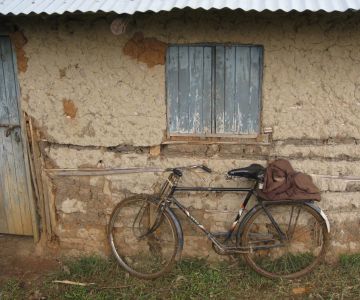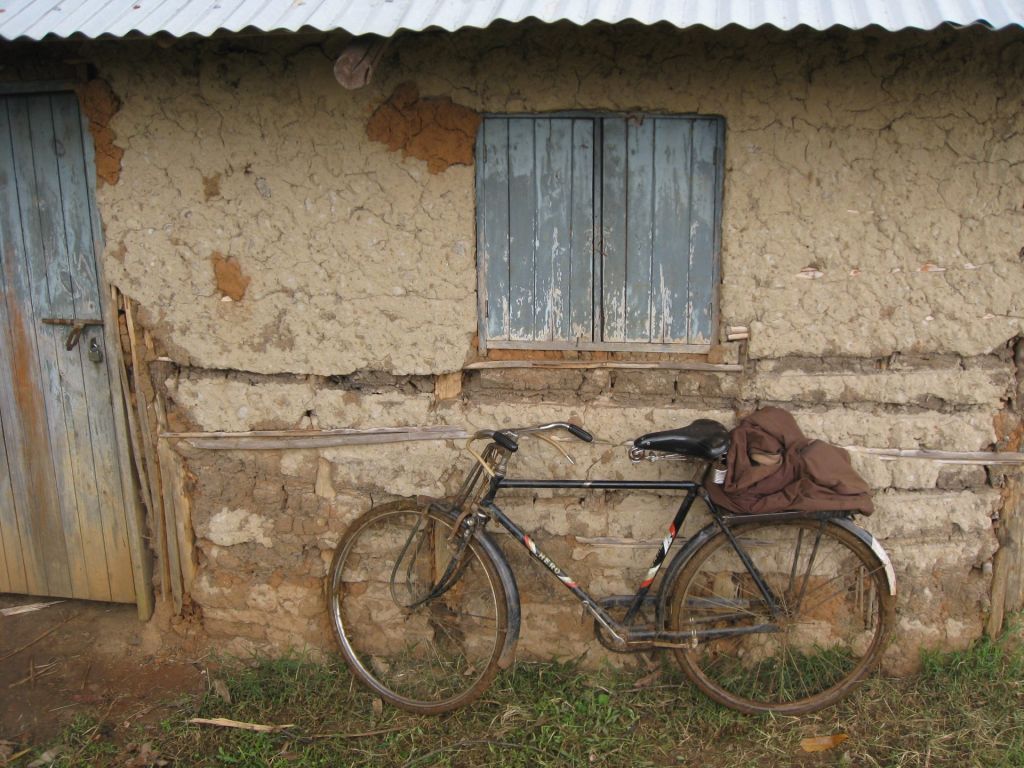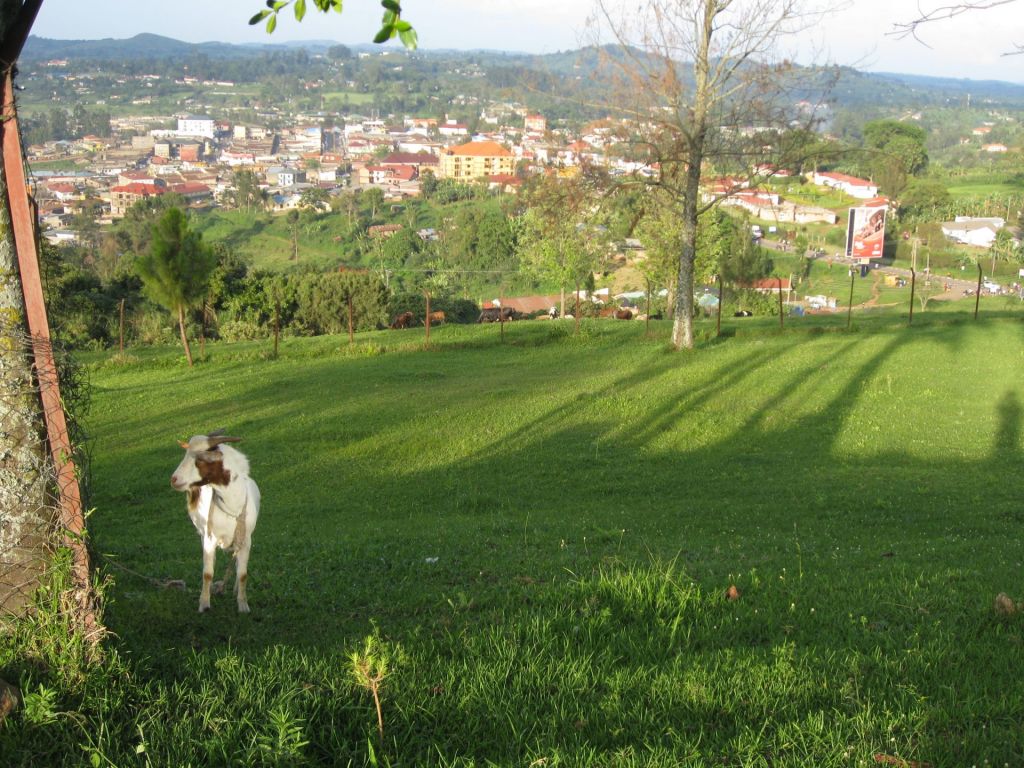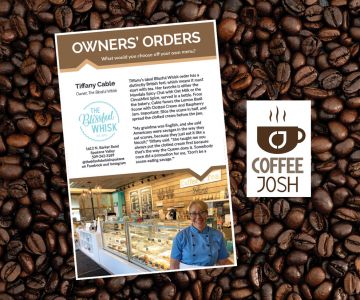To introduce a new series on coffee literacy called Coffee for the Average Josh, I asked some friends about the craziest coffee orders they’ve ever received.
The responses didn’t necessarily help me discover gaps in what people know about coffee, but they did prove that people have a sense of humor …
“A 24 ounce caramel, creme de menthe, white chocolate powder, butterscotch, English toffee, peppermint and white coffee. He called it the spicy hoppin’ grasshopper with a twist.”
— Anabel, Crush Coffee Bar
“A 16 ounce extra hot latte with 3/4 pumps of Irish cream, 3/4 vanilla, stirred once to the right and three times to the left with whip. The employee said, ‘You’re funny,’ thinking he was joking, but his reply was, ‘I am serious,’ with no smile.”
— Kim Cline, Shotzy’s Coffee
“A 32 ounce ‘blended cappuccino’ (not a thing) with seven pumps of hazelnut, seven pumps of vanilla bean and seven pumps of peppermint. Yikes.”
— Rosa, Bee Kind Coffee
“A quad 20 ounce s’mores mocha. Might not sound that strange except the majority of my customers were medical staff. … You’d think such clientele would have a more cautioned and reasoned approach to sugar and caffeine. Not so much. They did tip well, though.”
— Josh Jensen, Jensen Handcrafted
(Plus former barista and jack of all trades)
“Here is one that our Pines crew received through Uber: 32 ounce caramel; chocolate; dark chocolate; white chocolate; pumpkin; Irish cream; caramel syrup; salted caramel; blue raspberry; banana; with one white, one dark, one ristretto; whip with matcha sprinkled on top of the whip.”
— Christopher Arkoosh, Wake Up Call
“I’ve been doing this for so long nothing can be too weird at this point, but back in the day I used to think the craziest was your typical, ‘I’ll have a 12 ounce hot, but not too hot, 130 degrees, split shot (half decaf, half regular), sugar free vanilla, not a lot of syrup, only half a pump, no foam, Americano, with coconut milk. Make sure and give me about 2 inches of that coconut milk! Oh, and no sleeve but with straws. I want a big straw, not small straws.’ This unfortunately is now a regular thing so I’m used to it.”
— Tasha Branning, The Blissful Whisk
Want to gain a little coffee confidence and enjoy a couple laughs along the way? Follow the “Coffee for the Average Josh” post series by signing up for the free CoffeeJosh newsletter. Other great spots to check out include Instagram or Facebook.







2 Comments
☕😱 What! At that point, it’s no longer a coffee.
I think I want to try all of them.